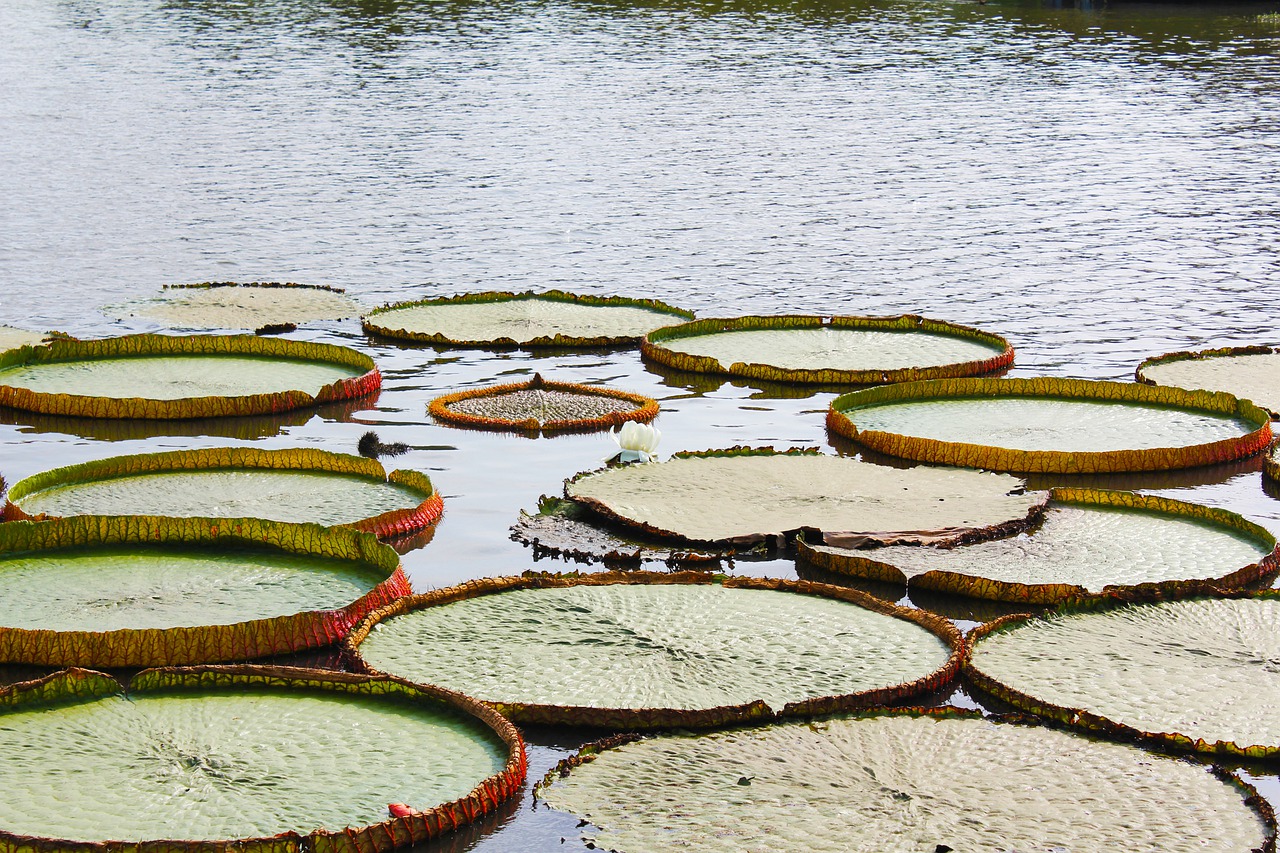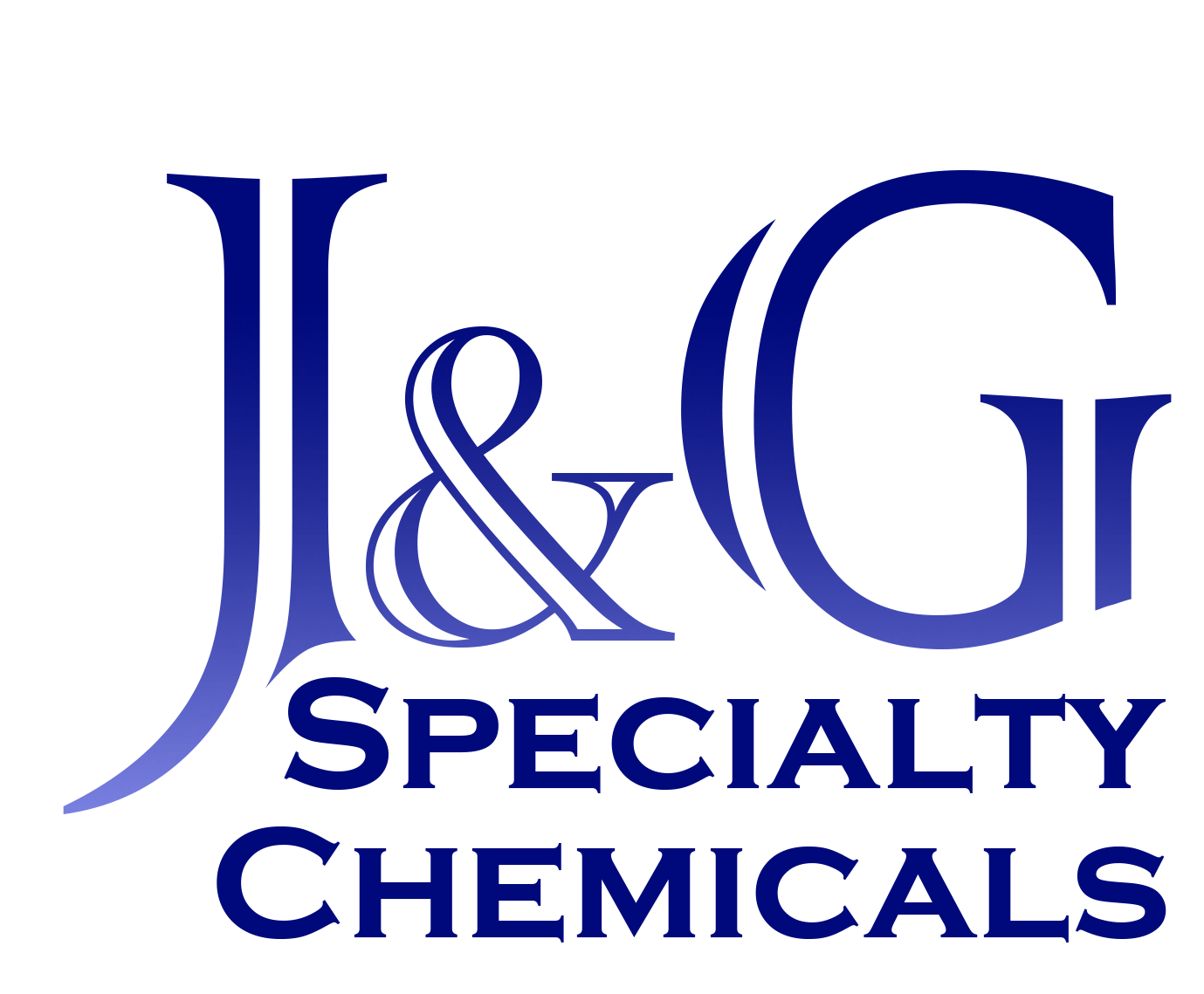The right solution for every problem
We deploy these types of chemicals:
Chemicals directly or indirectly used to begin allowing stuff in water that would not come together under normal circumstances. Their use depends on how acidic or basic the water is, the types of stuff to be removed, temperature, etc.
This is used mostly to help biological processes to begin, be more complete or to help processes become more economical. The microbes that make up the bio-augmentation aids are typically those same microbes that are normally occurring in nature, these microbes are just more concentrated.
Normally, once coagulants begin bringing stuff in the water together, flocculants are added to make those particles both bigger and stronger to make their removal easier. One exception to this is dewatering sludge. Often times sludge is dewatered with flocculants only , though the use of a coagulant may result in less sludge particles returned to the treatment system and/or drier sludge with less water in it.
Many times chemicals added to water to treat or remove pollutants cause the pH to either decrease or increase to the point where it has a negative effect on the receiving waters. To help fix this problem, chemicals are added to increase or decrease the pH as needed.
These are somewhat general and are used to fix some very specific issues that may help some of the other treatment chemical groups.
These chemicals are added to inactivate many of the pathogenic bacteria. Once disinfection is completed, de-chlorination chemicals are added to remove enough of the excess chlorine to make the water less hazardous to the things living in the receiving waters.
.


Full List of Chemicals
Coagulants
- PAC (poly-aluminum chloride)
- Ferric chloride
- Ferric Sulfate
- Sodium Hydroxide
- Magnesium Hydroxide
- Polyamine
- Aluminum Sulfate
- Aluminum Chloride
- Sodium Aluminate
- Sulfuric Acid (Aid)
General and Industrial Treatment
- Solvents
- Surfactants
- Phosphates
- Activated Carbon
- Calcium Chloride
- Hydrogen Peroxide
- Odor Control Agents
- Sludge Conditioners
- Diatomaceous Earth
pH Adjustment
- Lime
- Soda Ash
- Acetic Acid
- Citric Acid
- Nitric Acid
- Phosphoric Acid
- Hydrochloric Acid
- Magnesium Sulfate
- Calcium Hydroxide
- Calcium Carbonate
- Sodium Bicarbonate
- Calcium Oxide (Quicklime)
- Sodium Hydroxide (Caustic)
- Potash - Potassium Hydroxide (Dry)
- Potash - Potassium Hydroxide (Liquid)
Flocculants
- Dry and Emulsion Cationic Polymers
- Dry and Emulsion Anionic Polymers
- Dry and Emulsion Nonionic Polymers'
- Monomers
- DADMAC
Bio-augmentation
- Enzymes
- Treatment System (Nitrifiers)
- Methanol (Aid)
- Aerobic (Sludge Reduction and Stabilization)
- Anaerobic Food Supplement (Sludge Reduction and Stabilization)
- Collection System (Degreaser - Control Grease Before Treatment Plant)
- Anaerobic Micronutrients
Final Effluent Disinfection and De-chloriation
- Defoamer (Aid)
- Sodium Bisulfite
- Sodium Hypochlorite (Bleach)
- HTH (Granular - Calcium Hypochlorite)
- De-Chlor Tablets (Tablet - Calcium Bisulfite)
- Chlorine Tablets (Tablet - Calcium Hypochlorite)
